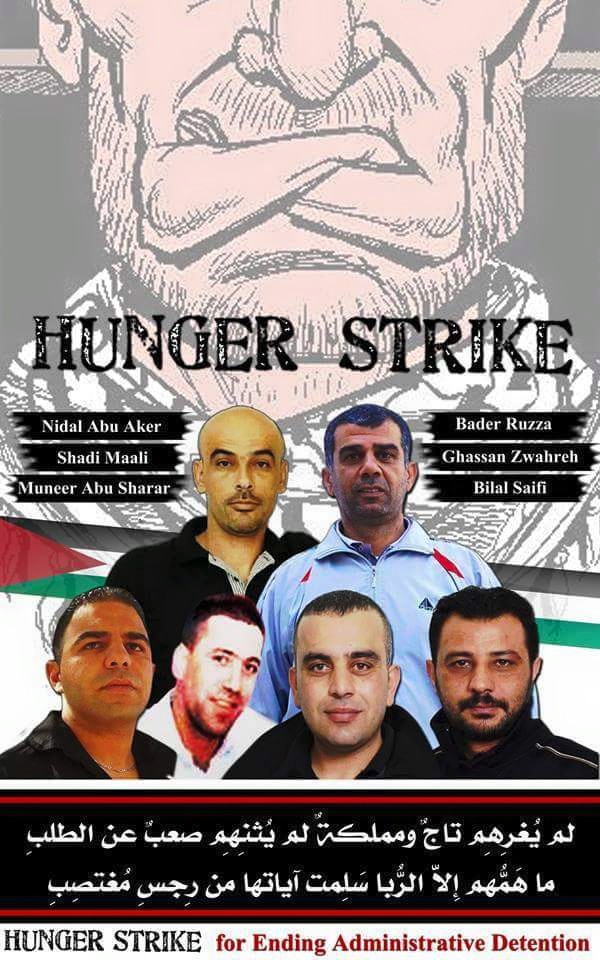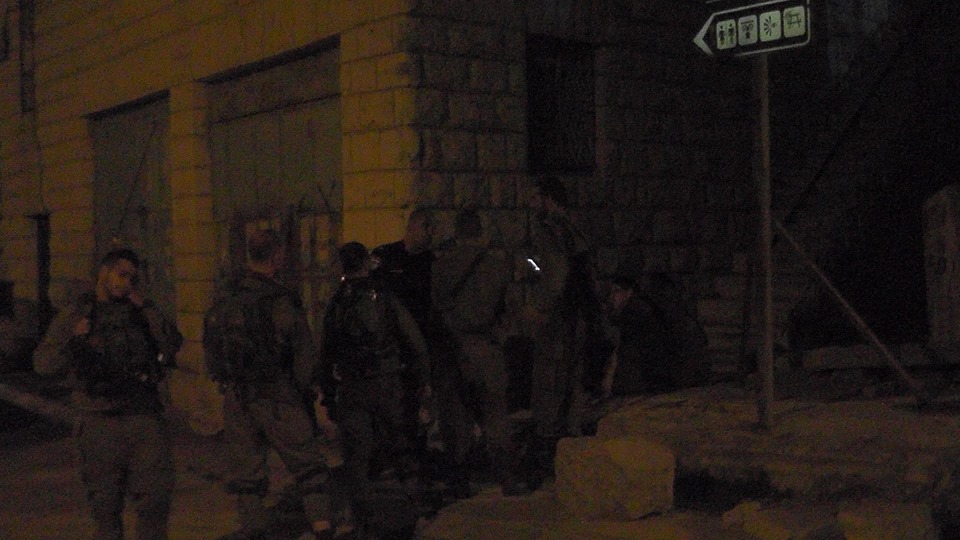-
ACTION ALERT! Battle of breaking the chains: 25 days of hunger strike for Palestinian prisoners
15th September | Palestinian Prisoner Solidarity Network | Occupied Palestine Palestinian prisoners in Israeli administrative detention are continuing their hunger strike to demand an end to imprisonment without charge or trial. Nidal Abu Aker, Ghassan Zawahreh, Shadi Ma’ali, Munir Abu Sharar,Badr al-Ruzza, Bilal Daoud Saifi and Suleiman Eskafi are all isolated by the Israeli prison […]
-
The women in Hebron cooperative
13th September 2015 | International Solidarity Movement, Al-Khalil Team | Hebron, Occupied Palestine International Solidarity Movement human rights monitors spend the afternoon at the Women in Hebron embroidery cooperative where Palestinian women are empowering themselves and persisting with grace in a colourful and beautiful way in a community space amidst the horror of the ongoing […]
-
International arrested in al-Khalil and banned from part of the city
12th September 2015 | International Solidarity Movement, Al-Khalil Team | Hebron, occupied Palestine Sunday night an international human rights observer was arrested by Israeli forces on bogus charges in al-Khalil (Hebron) in occupied Palestine. The activist was detained by Israeli soldiers when leaving a house in the Tel Rumeida neighbourhood of al-Khalil. Only a few […]
Action Alert An Nabi Saleh Apartheid Wall Arrests BDS Bethlehem Bil'in Cast Lead Demonstration Denial of Entry Ethnic Cleansing Farmers Gaza Global Actions Hebron House Demolition International law Israeli Army Jerusalem Live Ammunition Nablus Ni'lin Prisoner Ramallah Rubber-coated steel bullets Settlement Settlers Settler violence Tear-Gas Canister Video



